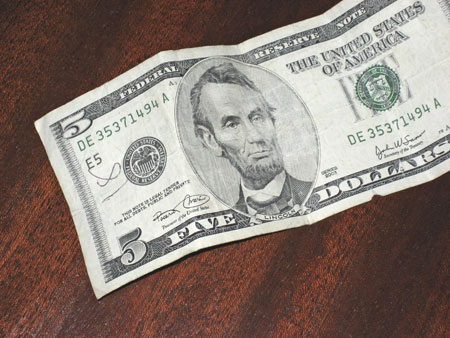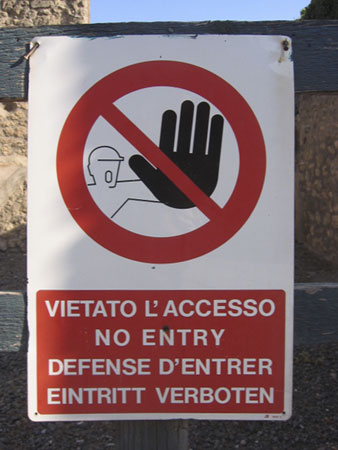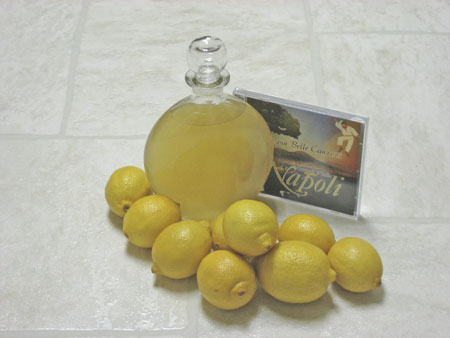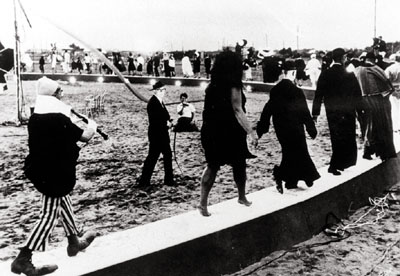 I went to Barnes and Noble this morning. On my way out of the parking garage, I passed an old man who had just found a discarded fast food container in the trash can and was eating the leftovers. I waited until I was past him then looked in my wallet for some money, hoping I had a $5 bill or some singles. I had a $10 bill and a $20.
I went to Barnes and Noble this morning. On my way out of the parking garage, I passed an old man who had just found a discarded fast food container in the trash can and was eating the leftovers. I waited until I was past him then looked in my wallet for some money, hoping I had a $5 bill or some singles. I had a $10 bill and a $20.
Ten dollars seemed too much and the small amount of change I had–less than $1–would have been an insult. I hurried to Barnes and Noble, close to tears at the thought of how desperate you’ve got to be to eat someone else’s leftovers out of a trash can. The quickest way to get change was to buy a cup of coffee. There was one person ahead of me, so it should have been quick, but he had mistakenly proffered a Starbucks gift card, and the barrista had mistakenly tried to ring it up, and all this had to be sorted out while I stood there impatiently shifting from one foot to the other. When I’d bought my coffee, I dumped the cup on a table and ran back to the garage with a $5 bill in my hand. I was too late. The man had gone.
I keep thinking about him and wishing I’d given him the $10 bill. I have never in my life been hungry because I didn’t have enough money for food. And it’s not that I couldn’t afford to give him $10. Tomorrow I am going to give $50 each as Christmas presents to three young people, the grown-up children of a friend. They will be glad to have the money but they won’t want for food without it.
I don’t know why $5 seemed right and $10 seemed too much. What I do know, though, is this: It’s not the thought that counts, it’s the act. I’m pretty unhappy with myself at the moment.



 Posted by Judith
Posted by Judith 



 This post was inspired by Elisabeth, who posted on her blog,
This post was inspired by Elisabeth, who posted on her blog, 